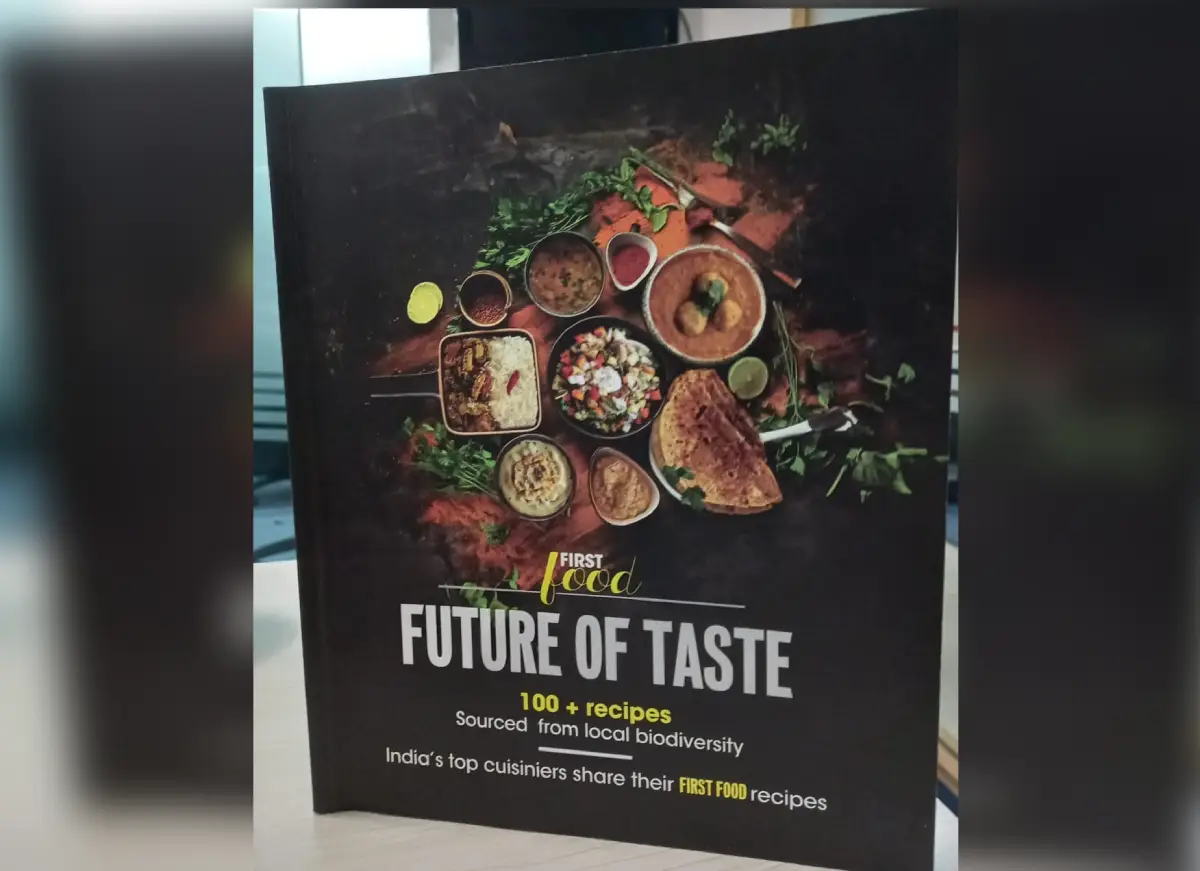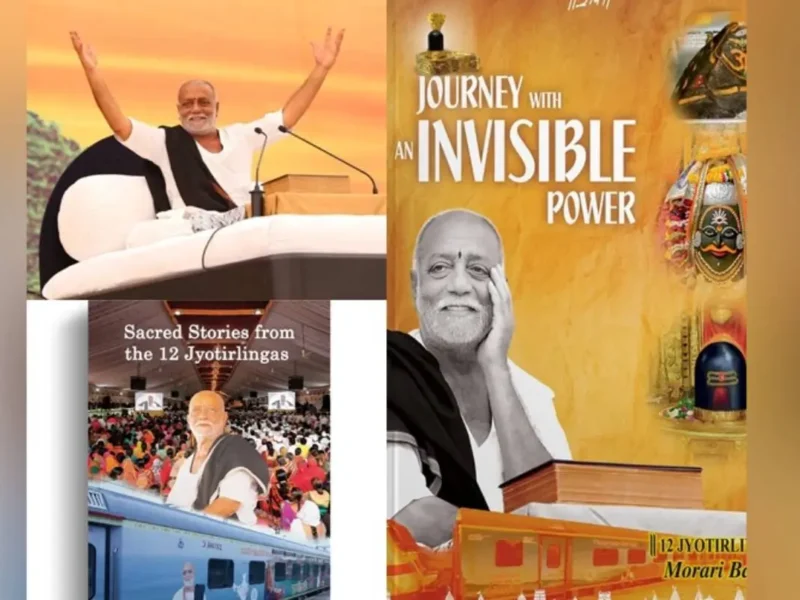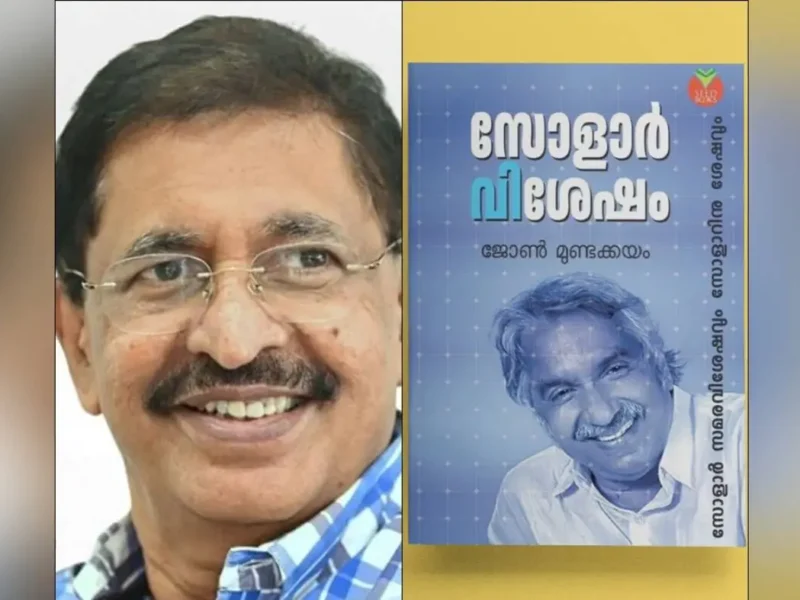
A Recipe Book That Tells Us Why What We Eat Impacts Farmers’ Lives
NEW DELHI (IANS) – Why does the Centre for Science and Environment (CSE), which has been at the forefront of all major debates since its late founder, Anil Aggarwal, wrote the first ‘Citizens Report’ on the state of India’s environment in 1982, need to bring out a lavishly illustrated book on food and recipes?
Why do we need to know from celebrated chefs how to integrate millets into our daily diet, or why we must reclaim the produce that is fast disappearing from kitchens — from bathua to chow chow, from meetha karela to tender jackfruit, galgal and jalpai — or make curries with guavas and watermelon rind, or perk up preparations with wild orange zest, or how to not waste carrot and chickpea leaves, or make pakoras with gulmohar flowers?
Leafing through the fourth book in the ‘First Food’ series conceptualized by journalist Vibha Varshney, this writer could think of many reasons for a book that reminds us constantly that what we eat impacts the lives and livelihoods of millions of farmers. Anyone who says food is an indulgence should look beyond the plate to the producer.
The volume being reviewed, First Food: Future of Taste, is dedicated to M.S. Swaminathan, the scientist synonymous with the Green Revolution, but criticised later for pushing Indian farmers into the trap of becoming dependent on high-yielding varieties that required soil-destroying chemical fertilizers, poisonous pesticides, and huge amounts of water.
Swaminathan had the intellectual honesty to recognize the shortcomings of the ‘revolution’ he had spawned along with Dr. Norman Borlaugh and speak up for the alternative paradigm of an “evergreen revolution”, which he defined as “improvement of productivity in perpetuity without ecological harm”.
‘Future of Taste’ brings the “evergreen revolution” to the kitchen by creating awareness about how India’s amazing biodiversity has within it a treasure trove of fruits, vegetables, flowers beans, and leaves to ensure variety on our tables and to provide our marginal farmers the means of survival that are getting lost as more and more land is brought under industrial, monovarietal farming of high-yielding, chemical-depending, water-guzzling high yielding varieties.
The central premise of ‘Future of Taste’ is that it is up to us, as consumers, and up to the powers that be to create a vibrant market for sustainable produce. If we turn our back on produce that our mothers and grandmothers welcomed into their kitchens, we will only be compelling farmers to become more dependent on an agricultural system that ends up adding avoidable additives to our malnourished soils and ultimately hurting those who depend on them.
Here’s a recipe book that is in a league of its own — it talks about the challenges confronting farmers, the need for climate-resilient agriculture, the growing negligence of proper nutrition, and making good food with unexpected ingredients: all in the same breath. It is a book that must stay with us because it teaches us not only how to cook appropriately based on the principle of eating local, seasonal, and nutritious, but also why what we eat makes a real difference to the lives of the millions who work very hard to feed us.




